We love it or hate it, personally I love it and it is precisely the interest of our profession to unearth for our clients gems of artists little known on the national scene.
Like Leopold Chauveau's monsters that no one knew about before the exhibition at the Musée d'Orsay, I think that collectors would snap up Michel Bron's work following a major retrospective.
Michel Bron was exhibited around 1975 at the Braumüller gallery.
He is described as the masterful watchmaker of the time of the strange.
He invented robots, dolls, totems of witchcraft. Being for him is only a set of cogs, wires, accumulators, attached parts, a soulless mechanism, where the babies have the faces of centenarians and men are cosmonauts heading towards the great unknown of impossible dimensions. All explore the fantastic space of interior truths which have never ceased to haunt the greatest creators since forever and which belong to the secret tradition of the art of painting At the time when it is given to us, by cosmic conquests and atomic exploration, to design new frontiers for our intelligence source André Parinaud.
Biography: Painter and designer Michel Bron (1938-2010) known as "Valentin" Painter but also poet and musician, libertarian above all. Figure of the 14th arrondissement of Paris, he had lived there since 1982.
In his workshop in the 6th he created his universe made up of strange characters, during the open days of his workshop visitors were able to admire a courtyard of miracles from which emerge paintings and drawings hung on the walls or propped up on tangled easels.
Under the large drawing table, dozens of pairs of shining eyes seem to be scrutinizing you, leering at you.
Uncertain shapes lurk.
A phantasmagorical universe populated by beggars with terrifying grins and disturbing contortions, succubi, monsters. And, at the turn of a drawing board, faces much more serene, of great tenderness.
A limitless imagination.
A merciless look at humankind.
In any case, an unusual work, far from fashions and well-trodden paths; a work of extreme precision down to the detail of the costumes and the often medieval decor, in an admirably controlled chiaroscuro.
Valérie talks about her father: “Born in Paris on January 21, 1938, raised by his mother alone, he often experienced boarding school: a childhood that was not always rosy. However, as they lived in the Louvre area, the museum was their kindergarten. He talked about how he had been influenced by paintings like Rubens' The Fair (or Village Wedding) and, of course, by Flemish and Dutch painting.
Later, we can assume that he observed the faces, the strange and truculent characters of the Halles, while he lived in these areas. He was a true autodidact.
Attending a graphic arts school for a while, his drawing teacher told him: “You don’t need to take lessons!” He was gifted with a prodigious visual but also auditory memory, which allowed him to play several instruments including the lute (mandol). he loved the 14th arrondissement as a sort of intellectual and artistic extension of Saint-Germaindes-Près which he had frequented a lot in the 1950s.
Source: François Heintz


























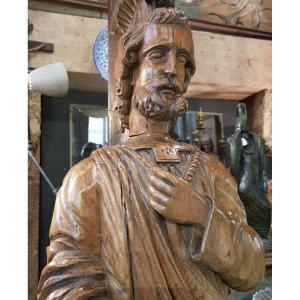





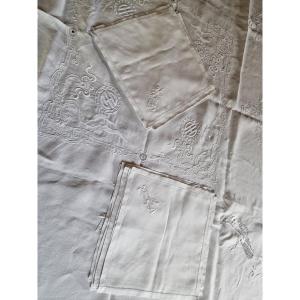

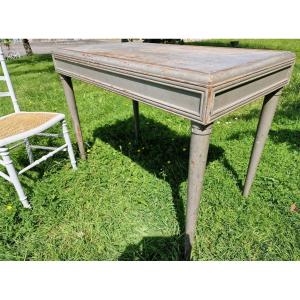


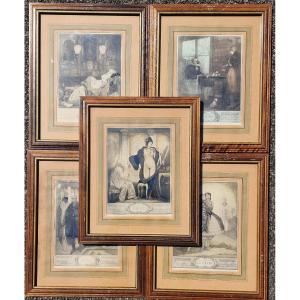




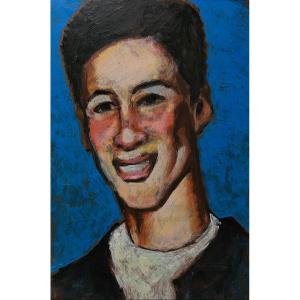



 Le Magazine de PROANTIC
Le Magazine de PROANTIC TRÉSORS Magazine
TRÉSORS Magazine Rivista Artiquariato
Rivista Artiquariato